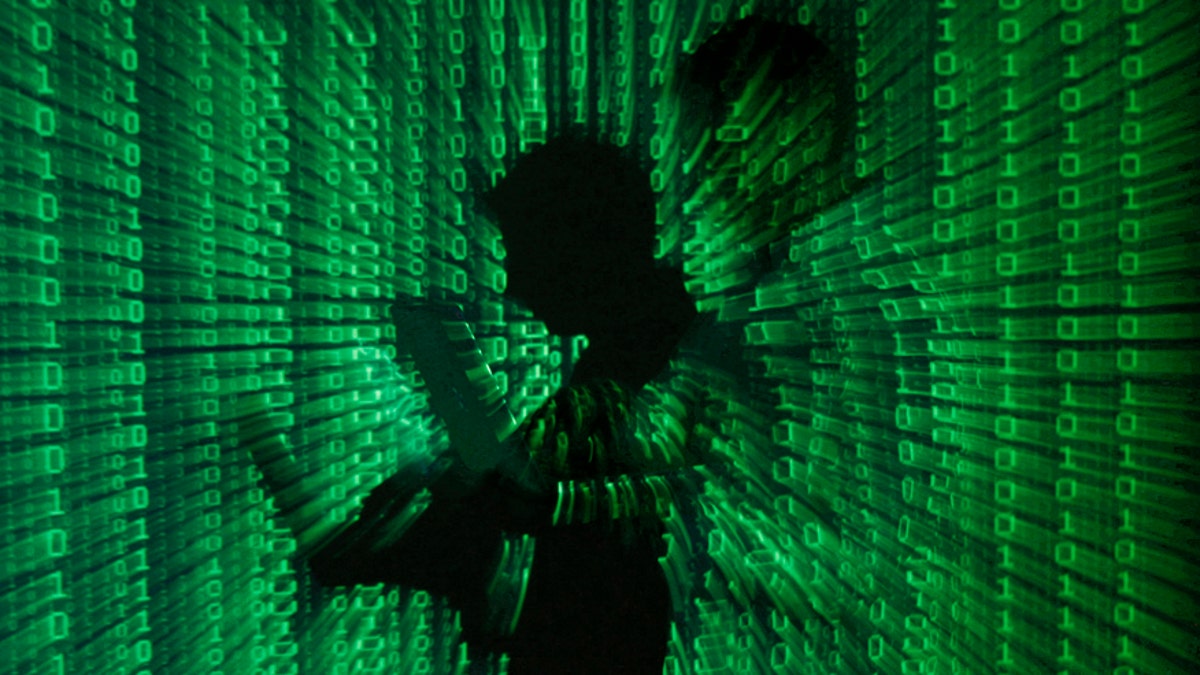
Illustration file picture (REUTERS/Kacper Pempel).
A United States District Judge in New York has ruled that the Drug Enforcement Agency’s use of a device that provided authorities with the location of a man’s cell phone— and thus his apartment— was an unreasonable search and that evidence they subsequently found could be suppressed, the first time ever such a ruling has been made at this level.
The device in question, a cell-site simulator, is known as a “StringRay.” It acts like a cell tower and can thus be used to find a cell phone’s location. According to the judge’s ruling, a technician sent by the DEA used a StingRay to find the New York City apartment of a man named Raymond Lambis, first using it outside and then even in the apartment building. Later, authorities entered Lambis’ apartment and found drugs and related paraphernalia in his bedroom.
Related:
But the judge, William Pauley, ruled on Tuesday that the use of the StingRay device constituted an “unreasonable search” because authorities didn’t have a warrant, and granted Lambis’ motion to have the evidence authorities found suppressed.
This is the first such decision at the federal level involving suppressed evidence and a StingRay device, Reuters reported, citing the American Civil Liberties Union, which is concerned about the privacy implications of these devices.
"This opinion strongly reinforces the strength of our constitutional privacy rights in the digital age," a staff attorney for the ACLU, Nathan Freed Wessler, said in a statement, according to Reuters.
